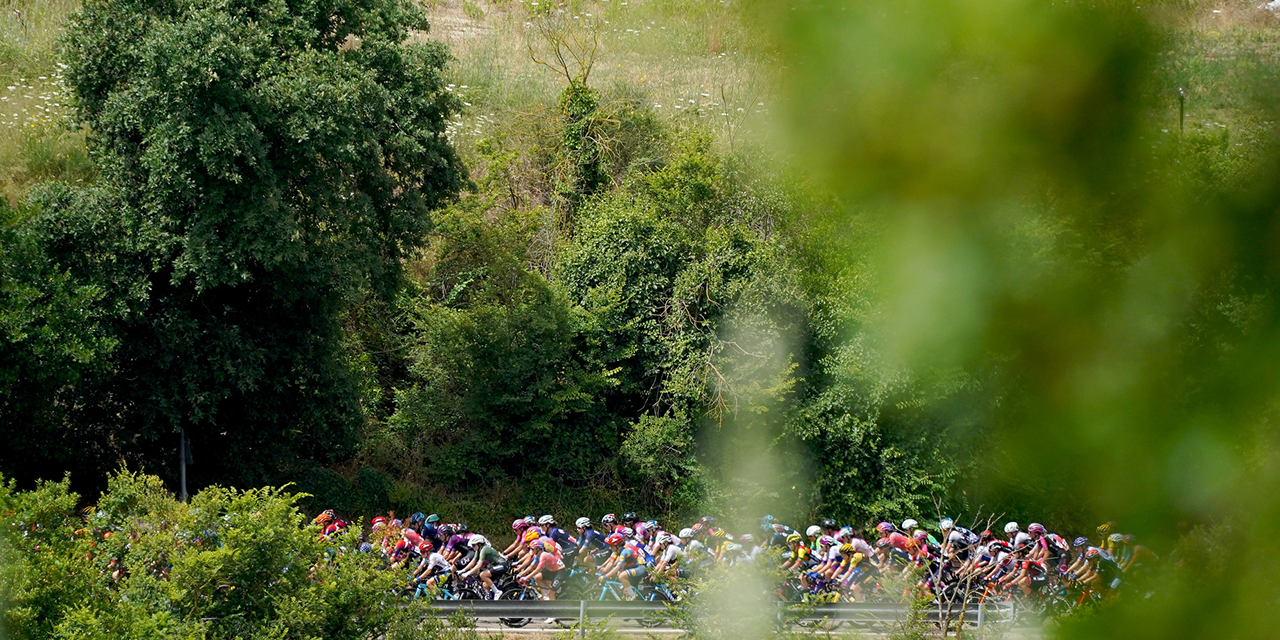A time trial and eight stages for both the first and last edition of the women’s Giro d’Italia, but in between, the format of the Corsa Rosa has gone through several interesting variations.
In 1988, when it was first held, the race featured a total of nine stages with an average of 87 kilometres per day and a maximum of 136 in the second stage. Twelve months later, the race was set between the end of June and mid-July (a period maintained to this day), the daily average dropped even further (74 kilometres per stage) and a rest day was added to allow the peloton to move from Lazio to Calabria between the fourth and fifth stages. In 1990, the mid-race rest day was retained, but only an average of 65 kilometres were ridden daily, with all stages under triple digits. After not being held in 1991 and 1992, the Giro returned in 1993 with eight fractions in seven days. The so-called “semi-stages” made their appearance for the first time and quickly turned into a “must” in the women’s Giro for many years. The following year saw the same programme with the addition of the traditional initial TT, while in 1995 the Corsa Rosa featured a double-digit number of stages, with a time trial, ten fractions and a rest day spread over twelve days. An extra day of racing was added in 1996, when thirteen stages were held, and the route exceeded one thousand kilometres (1177.3) for the very first time.
As time went by, the women’s Giro gained popularity and insiders started to consider it almost in line with the men’s Giro. In 1997-99, twelve days of competition were organised (no rest day), but it was in 2000 that the most articulated and intense edition took place. Fourteen days featuring pretty much anything a cycling fan can dream of: team TT, 15 stages (including no less than six semi-stages), rest (on the fifth day) and an average of 80 kilometres per stage. Not to be underestimated is the 2001 menu, where the race days grew to fifteen (15 stages and rest) and the kilometres reached 1440 for what will be the longest edition to date.
Since 2002, a sharp turnaround has taken the Corsa Rosa back to a 9/10-day format (without rest days). For seven years in a row, the total mileage constantly remained under 900 kilometres, with a maximum daily average of 99 km reached in 2007, thanks to the second stage of 168 kilometres (Riese Pio X-Pontecchio Polesine), still the longest stage ever so far. The overall mileage of the race gradually increased, while from 2017, for five back-to-back editions, the women’s Giro was opened by a team time trial. In 2020, due to the Covid-19, the race was held in mid-September. In the last two editions, the rest day made its way back into the program to allow transfers to and from Sardinia. And it is precisely in 2023, in the last edition, that the highest daily average was recorded, with 115 km per stage.
Plenty of changes have affected women’s cycling and the Giro d’Italia in particular. The race has bounced around various owners, organisers and formats over the years, but consistency over time has given the Corsa Rosa a recognised prestige in the World Tour scene. From 2024, the new Giro d’Italia Women will have the chance to further improve this trend.




















